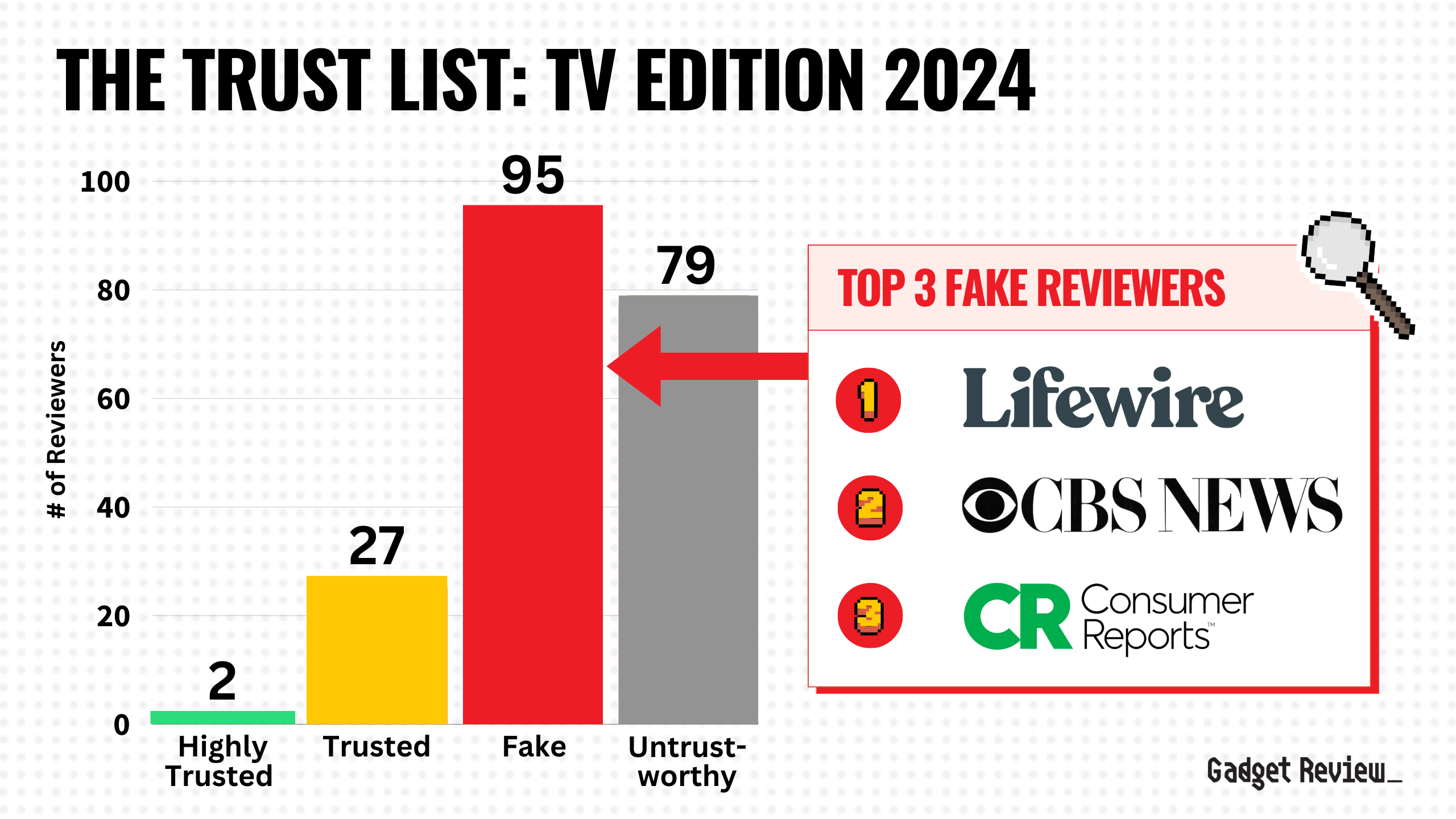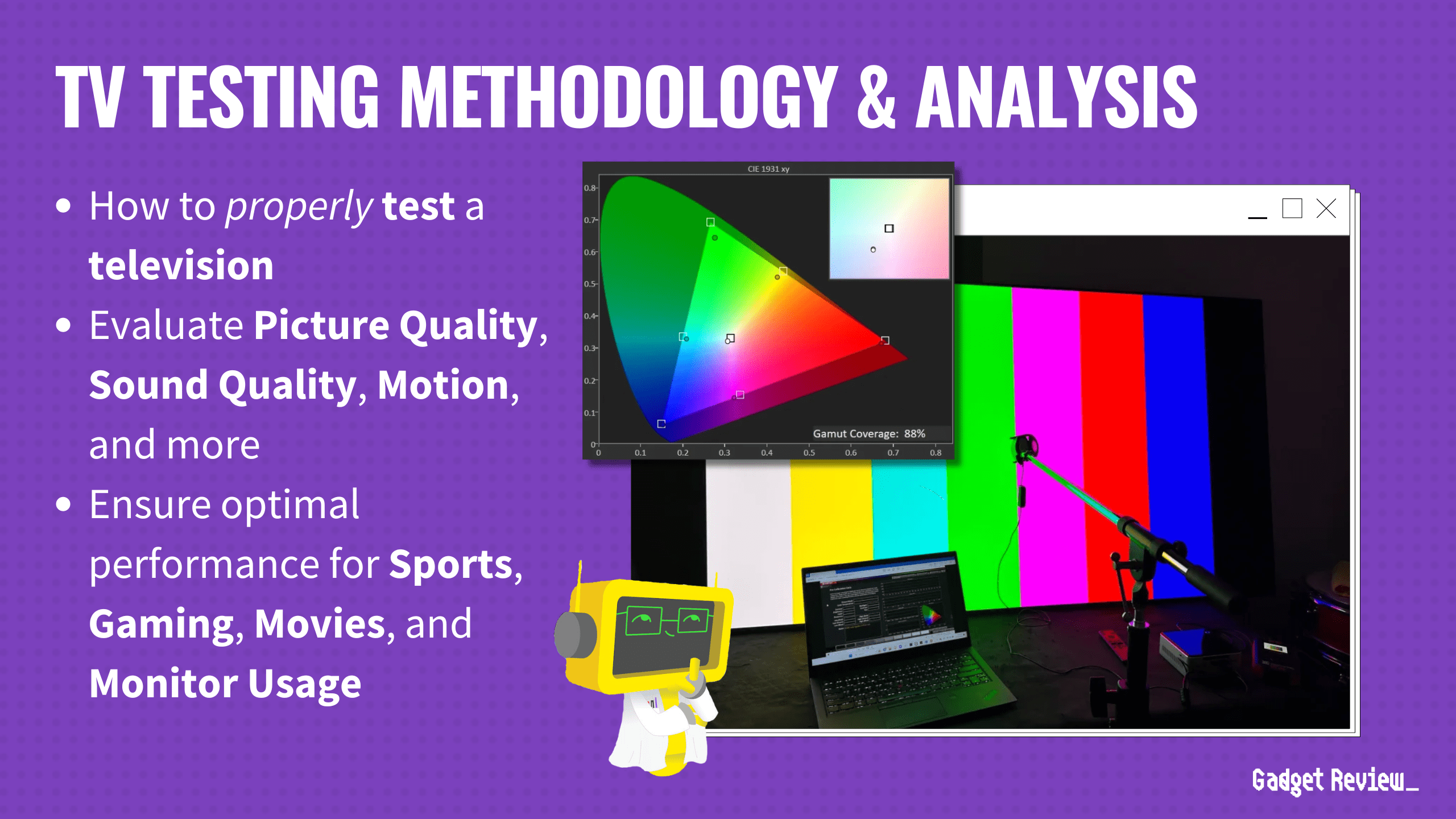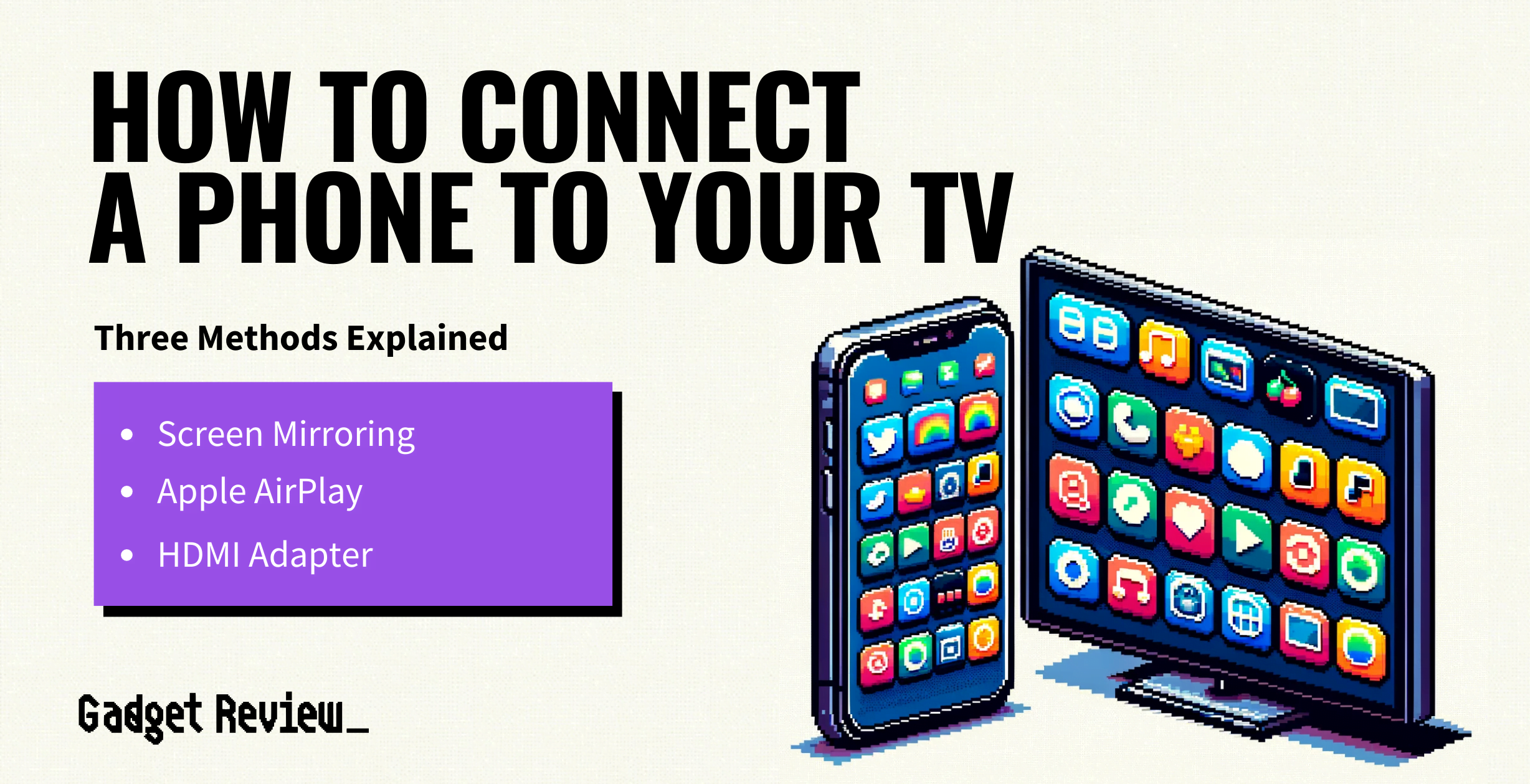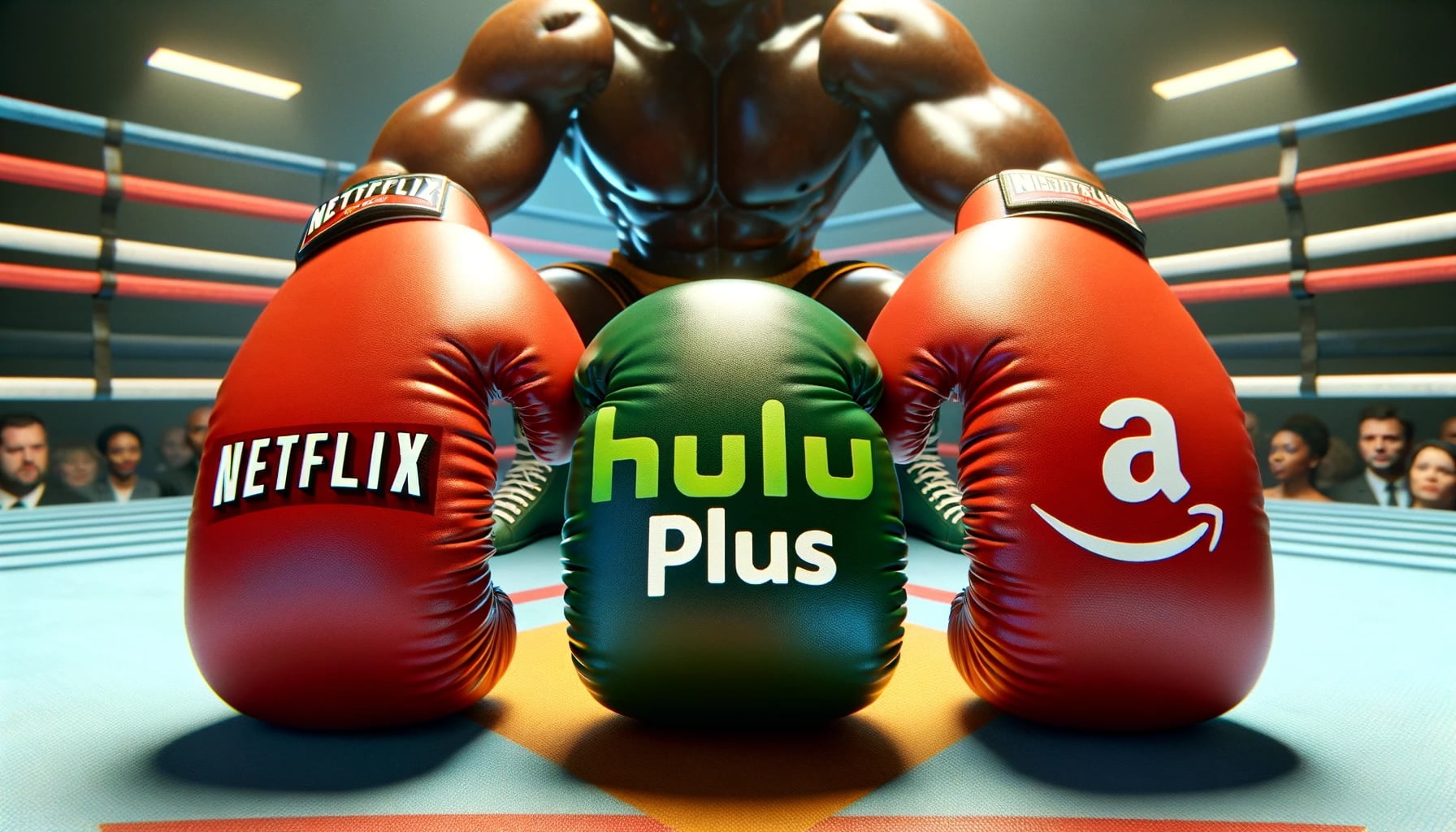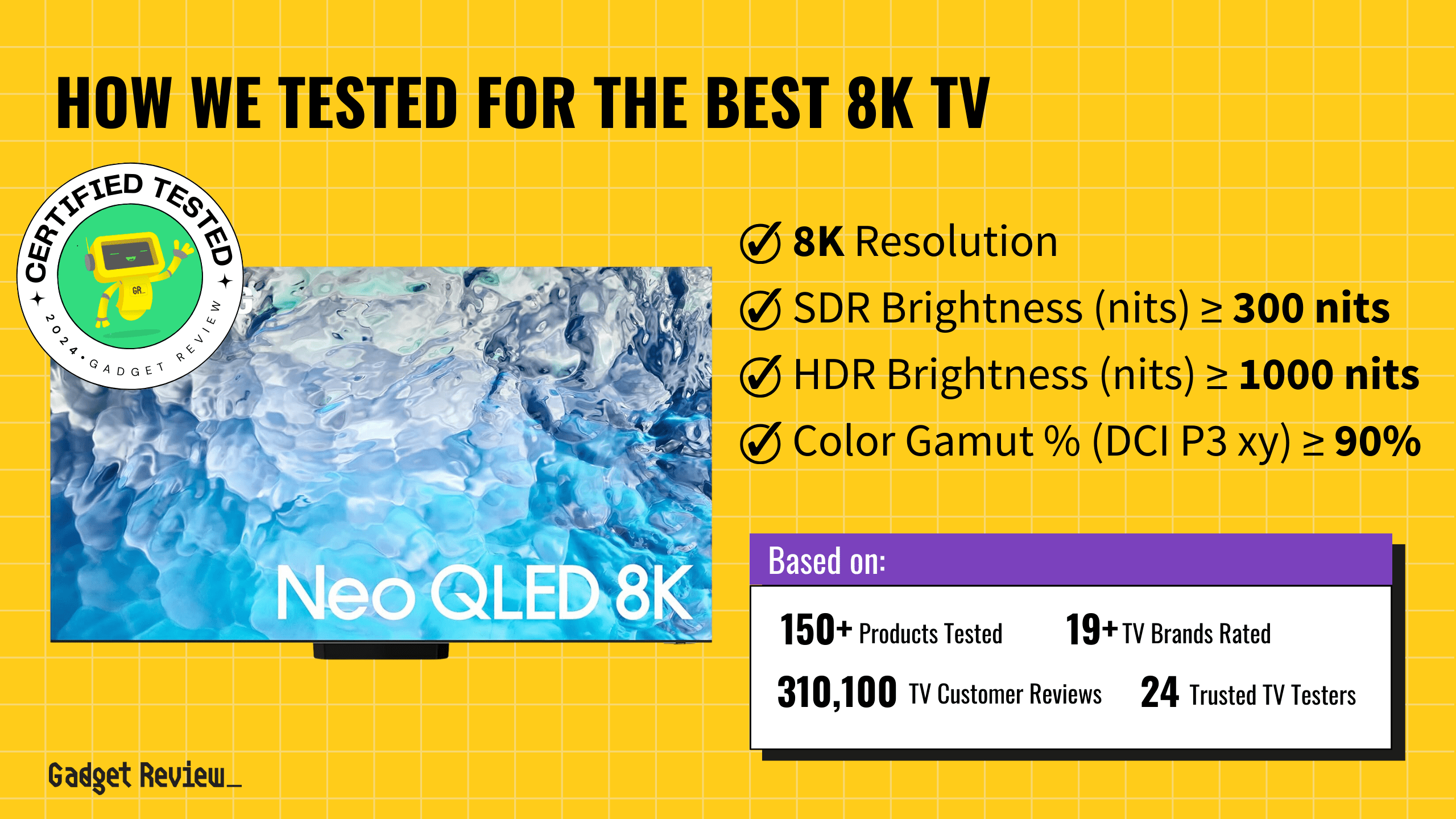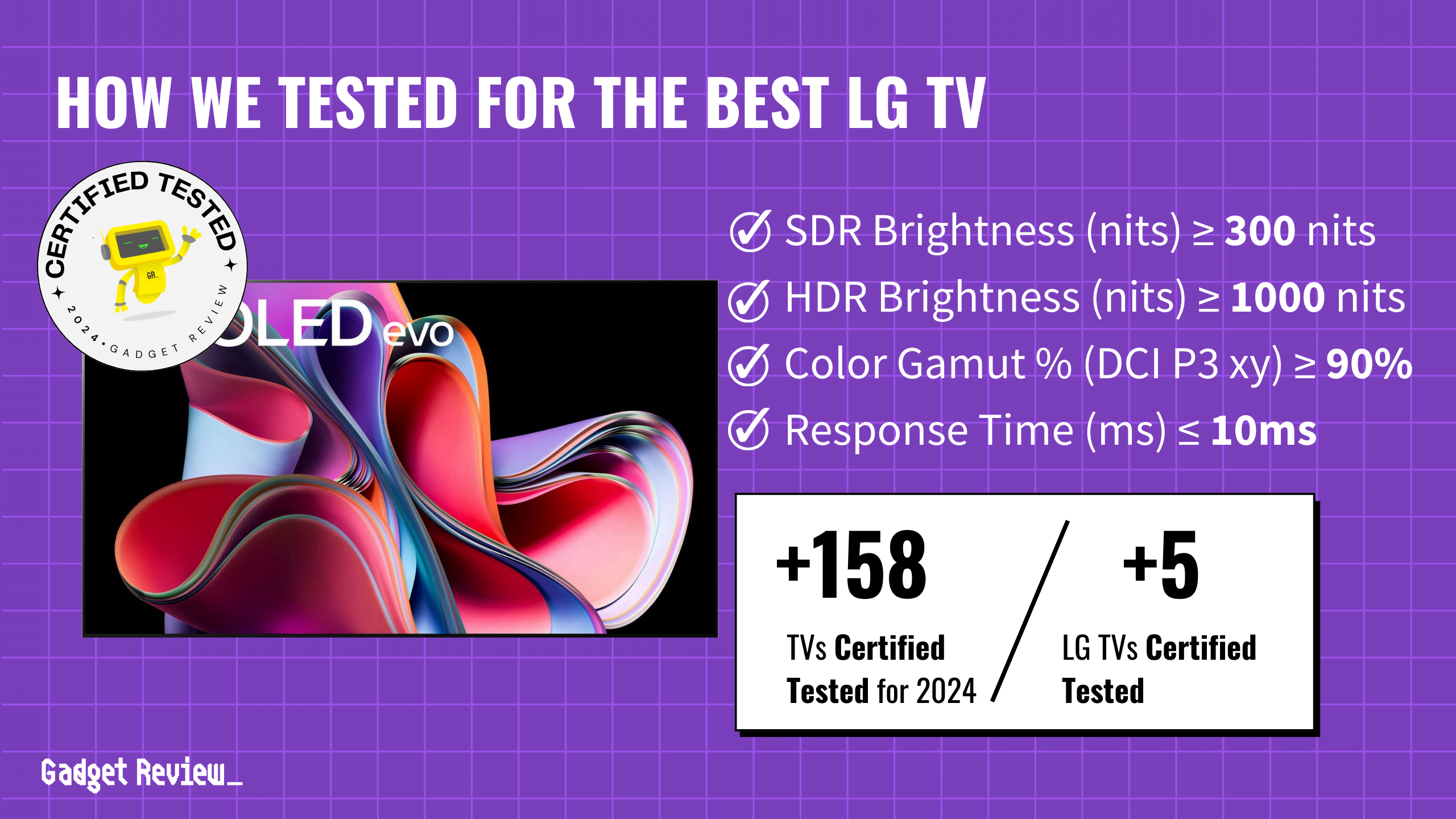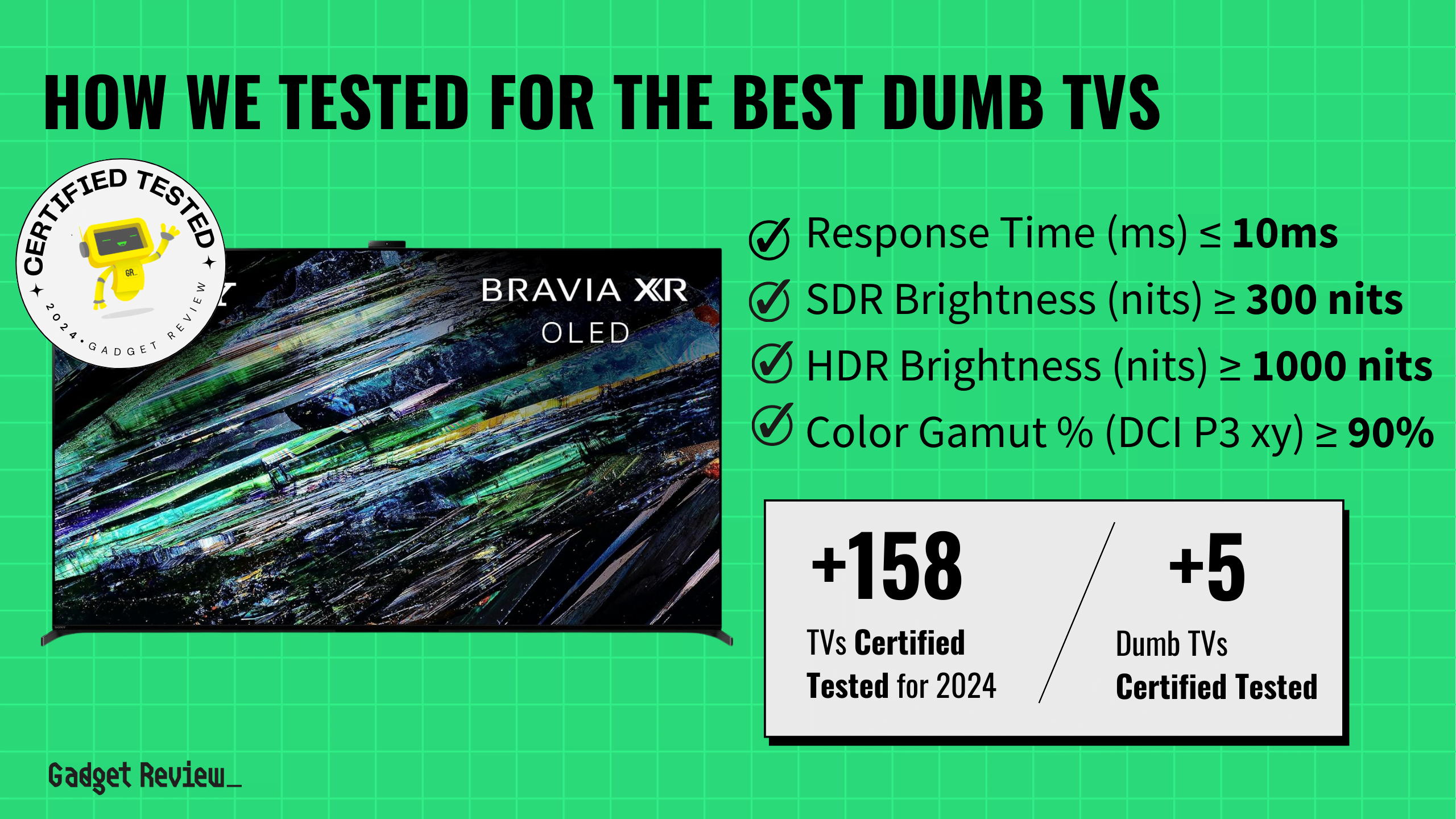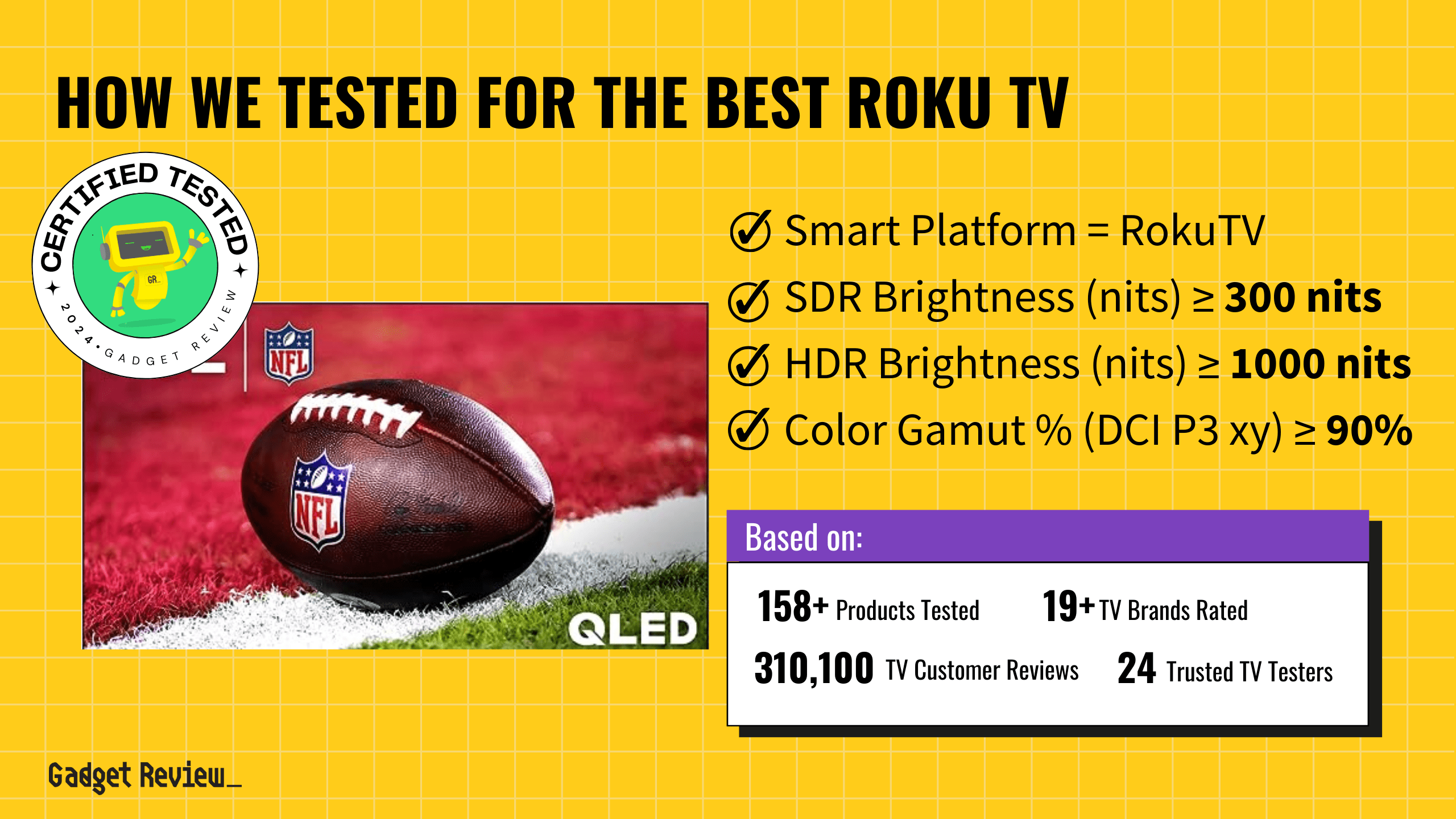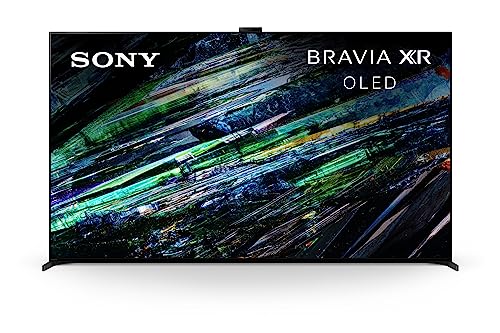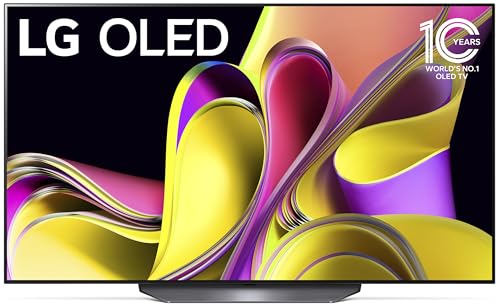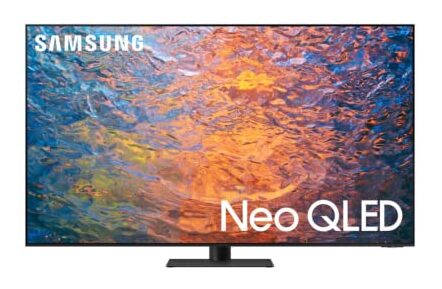A 4K TV refers to a television with 4K resolution, sometimes referred to as Ultra High Definition (UHD). 4K resolution consists of 3,840 horizontal pixels and 2160 vertical pixels. This is a total of around 8.3 million pixels, roughly four times as many pixels as in a 1080p TV. If you are looking for one of the best TVs, chances are that will be a top 4K TV.
What Exactly is 4K or UHD?
4K or UHD TVs have a 3840 x 2160 pixel resolution, or exactly twice the resolution of 1080p which maxed out at 1920 x 1080 pixels, more affectionately referred to as “1080p”. This increased pixel density results in a more detailed and sharper image. This is especially noticeable with larger screens.
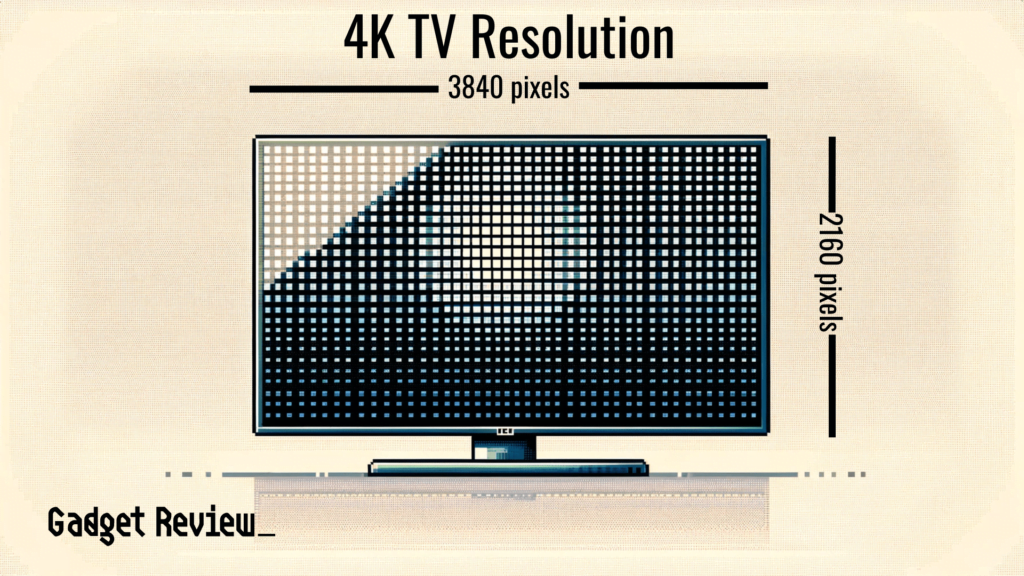
4K resolution is a very big deal and is only getting bigger because current models of 4K TVs are dropping in price. 4K has replaced 1080p as the new standard for high definition, just as 1080p did to 720p back in 2012.
It’s great how the extreme clarity and quality of the 4K home cinema experience is becoming more accessible to consumers with all different kinds of budgets.
Read: Best LED TV 2025
Is All 4K Created Equal?
It’s important to note that when we talk about “4K” resolution, there are actually two different types of 4K that are incorrectly grouped under the same umbrella of terminology.
The first is that what we refer to as “UHD 4K” almost always applies specifically to 4K rollouts in TVs, computer monitors, and projectors that support the 3840 x 2160 resolution displayed in the 16:9 aspect ratio.
If you were to quiz a Hollywood director on what they think 4K looks like, instead, they’d refer you to what’s known as “DCI 4K”, or the Digital Cinema Initiative. DCI 4K actually has a 4096 x 2160 pixel resolution at a 19:10 aspect ratio, or about 10% more visible space than what you’d get out of UHD 4K.
There is also a nice feature that 4K TVs have called 4K upscaling. This allows the TV to take lower quality content (1080p) and increase the resolution, as well as optimize it to fit the 4K display.
Every brand does this upscaling process differently, so check out a few to see which you like best if you will be using your TV for 1080p content.
Telling the Difference
For the Average Joe, 1080p HD is still really good. Unfortunately, this means that the upgrade to 4K technology may be difficult to notice unless something changes.
First, you can get a bigger screen. If you stick with a smaller screen, you probably won’t be able to tell the difference between 1080p and 4K television because of how the density of pixels affects each eye on an individual basis.
As an example of pixel density, when Apple first made waves in the press with their “Retina” displays a few years back, everyone was left wondering what “retina” actually meant.
- According to Apple, it’s the “eye’s ability to discern the separation between one pixel and the next at a standard viewing distance.”
- This means that if you hold your iPhone, iPad, or Macbook at a “readable” distance, you shouldn’t be able to see where one pixel ends and another one begins.
Are Retina displays 4K? No. The difference is that big screens allow the pixel density of 4K more room to tell its story and make it easier to spot the change when upgrading to a higher definition. This is to say, you can sit closer to a 4K TV without losing sharpness compared to a 1080p TV.
Another benefit of 4K is HDR. High Dynamic Range (HDR) started to get popular around the time 4K TVs became popular. HDR has nothing to do with 4K resolution, but it allows the creator of the content to use a broader range of colors and luminance levels.
This HDR content will support a wider color gamut, which allows for the reproduction of more vivid and lifelike colors, making images and videos appear more realistic. Most 1080p TVs do not support HDR, so this gives 4K an added advantage if it supports HDR.
It’s worth noting here that other technologies may showcase a 4K upgrade more apparent, too. OLEDs also have a wider color gamut and viewing angles to accommodate having multiple people watch the excellent picture quality on your TV.
Accessing 4K Content
Thanks to 4K TVs becoming more affordable, there is more 4K content than ever. With the help of smart TVs and streaming devices using Android and Roku, you can watch plenty of 4K content from great streaming services.
Netflix, Amazon Prime Video, Hulu, Max, and YouTube video services offer 4K options, as well as many others.
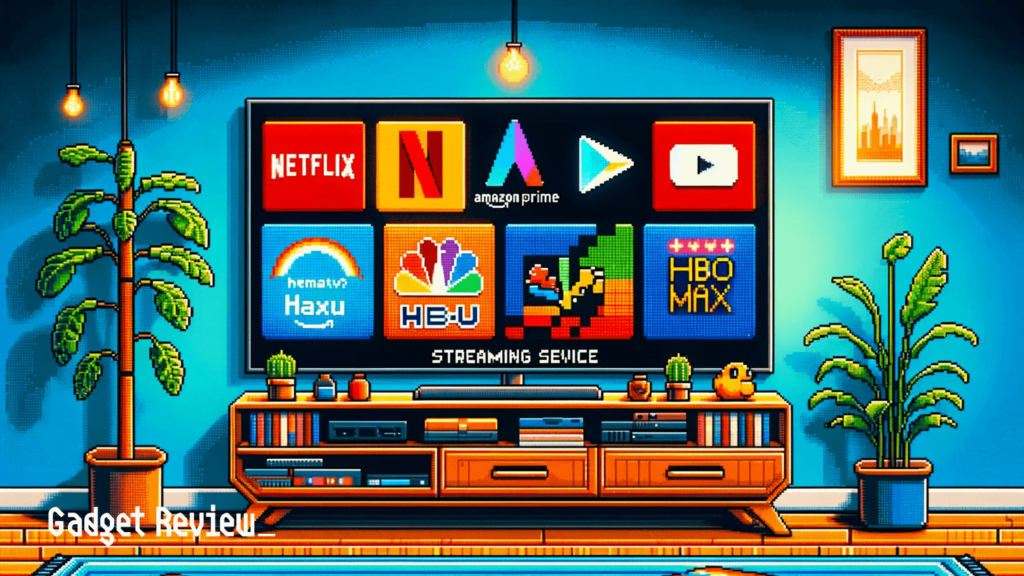
It should be noted that any 4K streaming, whether through Netflix or otherwise, is being compressed in order to get from the website’s servers onto your screen within a reasonable amount of time.
Additionally, if you are a gamer, there are other things you should look for in a gaming TV that can harbor advanced gaming features.
In order to achieve the absolute maximum of what a 4K TV is capable of, you’d have to grab a compatible 4K Blu-Ray player (or a current-generation gaming console, PS5 or Xbox Series X).





